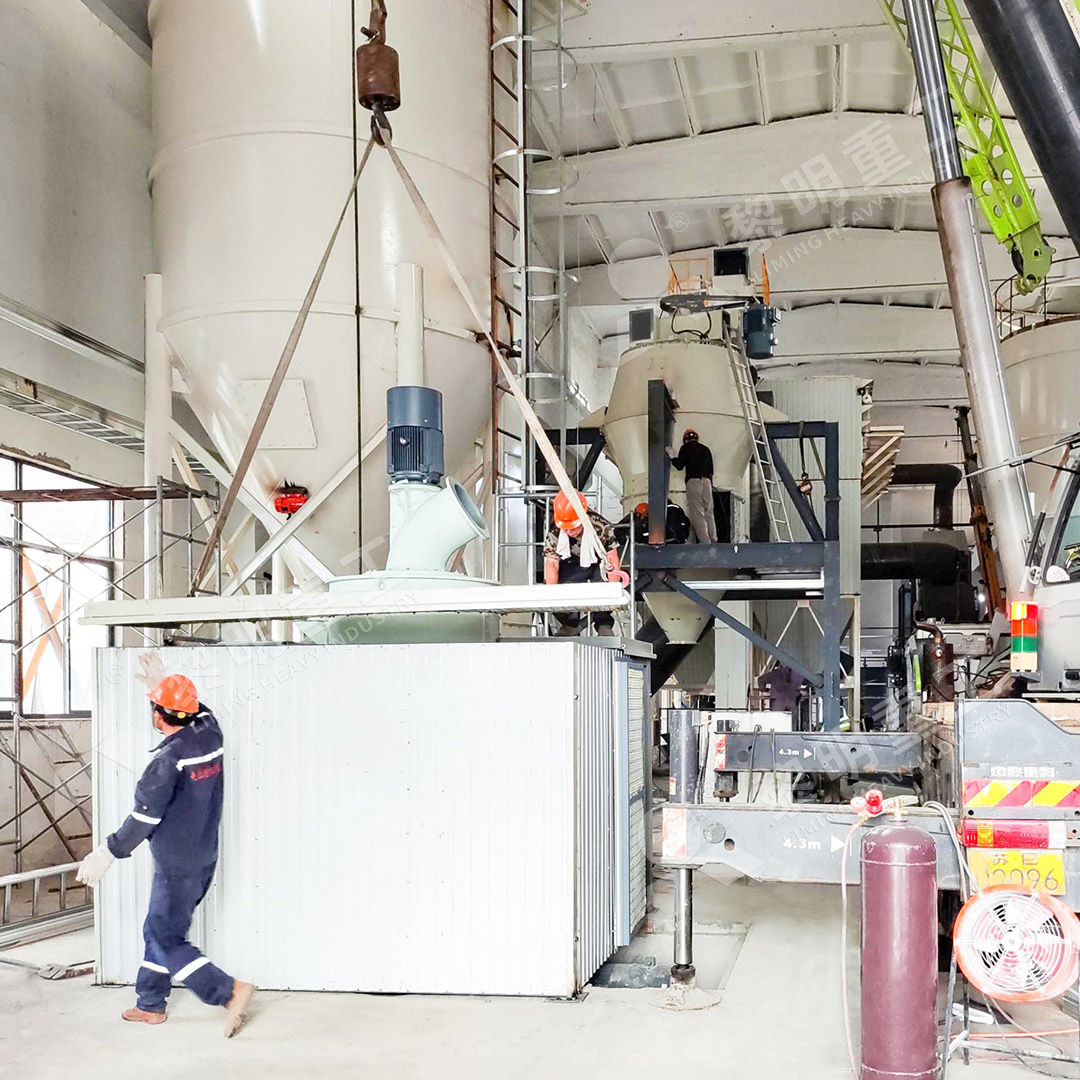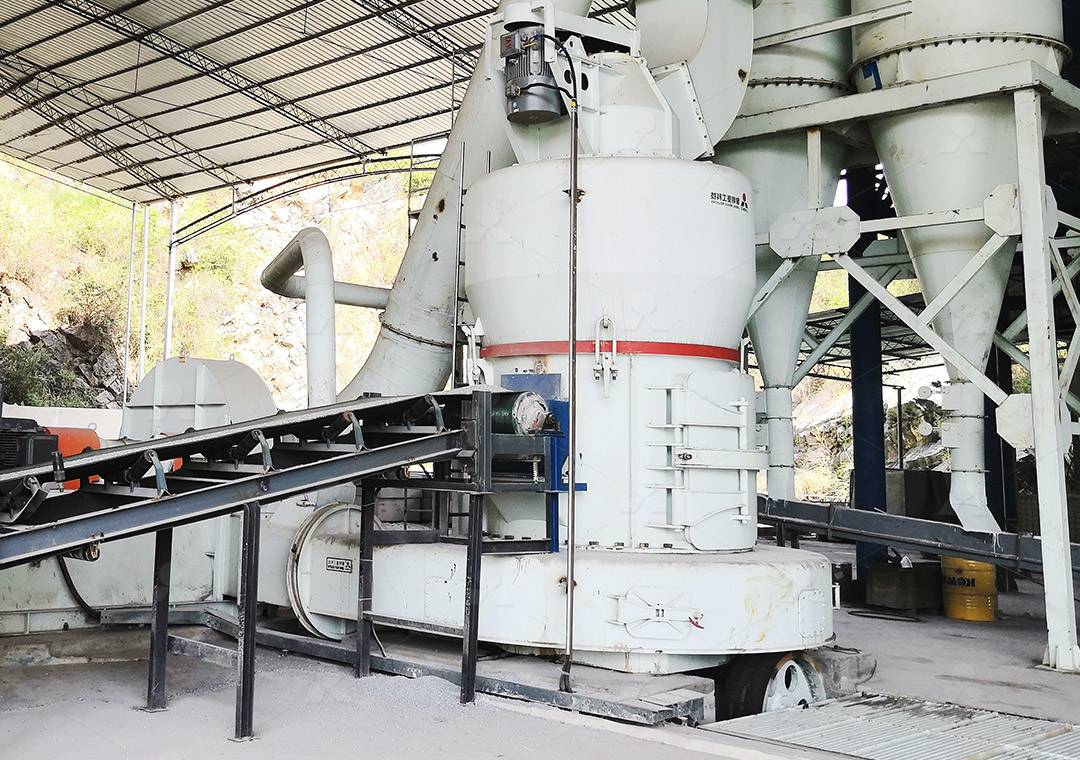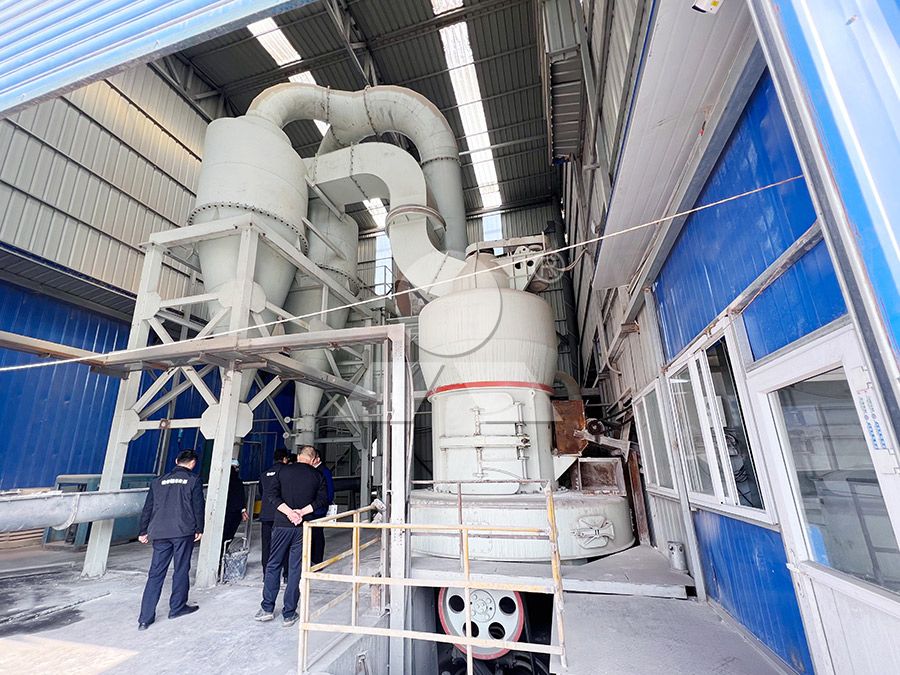Ultra Fine Lime Grinding Mill for High Efficiency Powder Production
Revolutionizing Lime Processing: The Quest for Ultra-Fine Powder Efficiency
In today’s competitive industrial landscape, the production of ultra-fine lime powder represents both a challenge and an opportunity for manufacturers across multiple sectors. The demand for precisely controlled particle sizes between 325-2500 meshes continues to grow, driven by applications in chemicals, paints, cosmetics, pharmaceuticals, and food additives. Achieving this level of fineness while maintaining operational efficiency requires specialized grinding technology that balances productivity with environmental considerations.

Traditional grinding methods often struggle with the inherent difficulties of lime processing – its abrasive nature, moisture sensitivity, and the precise particle distribution requirements of end-users. Many operations find themselves caught between the limitations of conventional ball mills and the excessive energy consumption of jet milling systems. This is where advanced grinding technology makes a decisive difference.
The Engineering Breakthrough in Ultra-Fine Grinding
After extensive research and development in mineral processing technology, our engineering team has developed solutions that specifically address the challenges of lime grinding. The MW Ultrafine Grinding Mill represents a significant leap forward, combining innovative design features with practical operational benefits.
What sets this technology apart is its unique approach to grinding efficiency. The newly designed grinding curves of the grinding roller and ring enhance contact surfaces and pressure distribution, resulting in production capacity that exceeds conventional systems by 40% while reducing energy consumption by 30% compared to jet grinding mills. For operations processing 0.5-25 tons per hour of lime materials with input sizes up to 20mm, this translates to substantial cost savings and improved throughput.

Key Advantages for Lime Processing Operations
The MW Ultrafine Grinding Mill incorporates several proprietary technologies that make it particularly suitable for lime applications. The German-designed cage-type powder selector enables precise control over particle size distribution, allowing operators to adjust fineness between 325-2500 meshes with screening rates achieving d97≤5μm in a single pass. This precision eliminates the need for secondary processing in most applications.
From a maintenance perspective, the elimination of rolling bearings and screws within the grinding chamber addresses one of the most common failure points in traditional mills. The external lubrication system enables continuous operation without shutdowns for maintenance, supporting 24-hour production cycles that are essential for modern manufacturing operations.
Environmental Compliance and Operational Safety
Modern industrial operations face increasing pressure to minimize their environmental footprint while maintaining worker safety. The integrated pulse dust collector and muffler system effectively contains lime dust and reduces operational noise, ensuring compliance with stringent environmental standards. The completely sealed system operates under negative pressure, preventing material leakage and protecting both operators and the surrounding environment.
For operations requiring even higher precision and specialized handling of superfine dry powders, the LUM Ultrafine Vertical Grinding Mill offers complementary capabilities. With its unique roller shell and lining plate grinding curve design, it prevents material overgrinding and maintains product whiteness and cleanliness – critical factors for lime used in food, pharmaceutical, and high-value chemical applications.

Practical Implementation and ROI Considerations
When evaluating grinding systems for lime processing, operators should consider both immediate operational benefits and long-term total cost of ownership. The digitalized processing and numerical control manufacturing of core components ensure consistent performance and extended equipment life. Combined with comprehensive technical support and genuine spare parts availability, these systems deliver reliable operation that minimizes unexpected downtime.
The flexibility to process various lime qualities and adjust output specifications according to market demands provides operations with strategic advantages. Whether supplying construction materials, industrial chemicals, or specialty applications, the ability to consistently produce precisely graded ultra-fine lime powder creates competitive differentiation and customer value.
Frequently Asked Questions
What is the typical energy consumption for ultra-fine lime grinding?
The MW Ultrafine Grinding Mill reduces energy consumption by approximately 30% compared to traditional jet grinding mills and by 50% compared to ball mill systems, while achieving higher production capacity.
How does the mill handle variations in lime moisture content?
The integrated drying and grinding system can accommodate typical moisture variations, though optimal performance is achieved with properly pre-processed materials. The system’s airflow management helps maintain consistent operation across normal moisture ranges.
What maintenance intervals are required for continuous operation?
The external lubrication system and absence of internal bearings enable extended operation with minimal maintenance. Regular inspections and preventive maintenance are recommended every 800-1,000 operating hours, with major servicing typically required annually.
Can the same mill process different mineral materials besides lime?
Yes, the MW Ultrafine Grinding Mill is designed to process various non-metallic minerals including calcite, dolomite, gypsum, barite, marble, and talc, with quick changeover between materials.
What particle size distribution can be achieved?
The advanced powder separation system enables precise control from 325 to 2500 meshes, with the capability to achieve d97≤5μm in a single pass, suitable for the most demanding applications.
